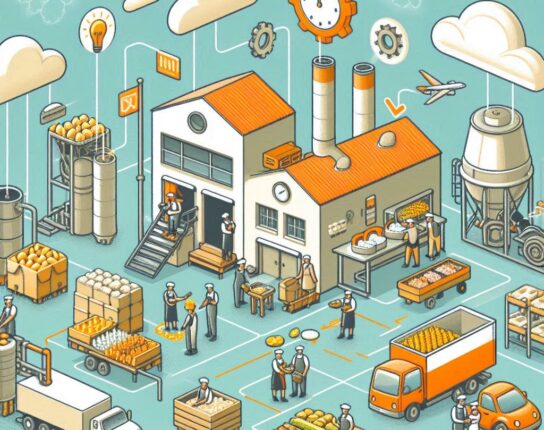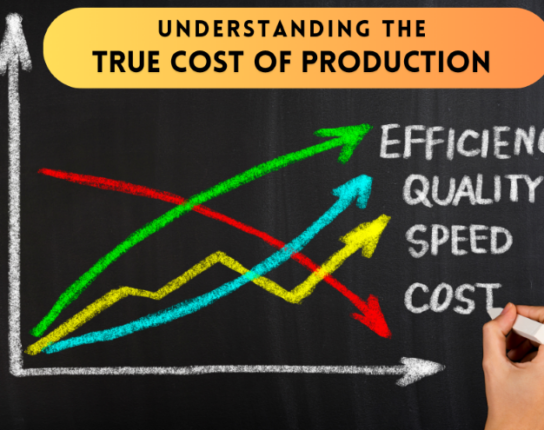Probably the most frequently-asked question this year is: when do we get back to normal? The word itself has a variety of connotations, and can look very different depending on who is asking the question. But as the COVID-19 pandemic drags on and countries worldwide continue to react to changing scenarios, our quest for the new normal in the food supply chain remains the ultimate goal for perishable food businesses.
The perishable foods industry has been significantly impacted by various shifts in consumer spending habits, with foodservice closures and shelter-in-place orders prompting a massive growth in direct-to-consumer food buying. This shift has led to challenges for the food supply chain, with increased demand often leading to out-of-stocks in grocery stores.
 Three months into the pandemic, food manufacturers have been able to begin adapting to this increased demand. But with spending levels still trending well above normal and many foodservice establishments still either closed or running at reduced capacity, it is clear that we have not yet come close to achieving any sort of status that we could safely label as “normal”.
Three months into the pandemic, food manufacturers have been able to begin adapting to this increased demand. But with spending levels still trending well above normal and many foodservice establishments still either closed or running at reduced capacity, it is clear that we have not yet come close to achieving any sort of status that we could safely label as “normal”.
So how will we know when we get there? Assessing consumer demand is just one piece of the puzzle. We also need to consider a few other factors. But let’s start there.
Consumer Demand Needs to Slow
A clear indicator that the food supply chain is trending back to normal will be evidenced in decreased consumer demand. Demand for food products like fresh meat, cleaning products, and shelf-stable products like beans, rice, and flour remains significantly higher than historical data shows. This can still lead to out-of-stocks, though most likely not at levels we saw back in late March. Industry experts are predicting that consumer demand will stay elevated throughout the summer months.
Consumer Confidence Need to Increase
Part of what drives increased demand is the concern that food retailers will run out of the products consumers are looking for. We saw this in the drastic increase in demand back in late March, where sales numbers jumped over 200% in some categories. While initially consumers were worried about their ability to pay for food, particularly in light of rising unemployment rates, this concern has been somewhat mitigated through government stimulus payments. This manifested in another uptick in demand in late April.
However, consumers are now thinking more long term, and have more general concerns about the supply chain as a whole. Confidence and demand are two sides of the same coin; consumers who are more reassured are less likely to tax the supply chain by overbuying and causing spikes in demand.
Foodservice Establishments Need to Fully Reopen
While consumers have attempted to support their local restaurants by purchasing meals for carryout or delivery, the fact remains that they are spending much more time preparing meals at home. Not only does this affect the supply chain for groceries, but it also diminishes demand between food manufacturers and foodservice establishments. As restaurants reopen, even in limited capacity, this shift in spending will begin to ease the demands on food retailers as well as reinvigorate contracts with foodservice vendors.
Supply Chain Processes Need an Upgrade
One of the biggest changes in consumer spending has been the increase in online shopping. Retailers are reporting an increase in ecommerce sales from around 3% pre-pandemic to an average of 20-25% of total store sales, many of whom were first-time online shoppers. Ecommerce continues to be a significant portion of total sales, as consumers increase the frequency of online orders. Some consumers are even using online shopping exclusively.
The pandemic presents an opportunity for food companies to dig deeper into the technology that is helping businesses pivot as consumer shopping trends shift. Food manufacturers need wide access to up-to-date information in order to stay ahead of the trends. Harvest Food Solutions’ cloud-based systems give you maximum access and control in order to optimize your supply chain. Give us a call and let’s talk about getting your business positioned for the new normal.










